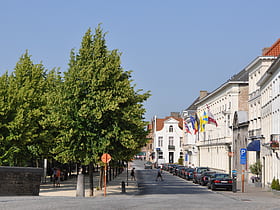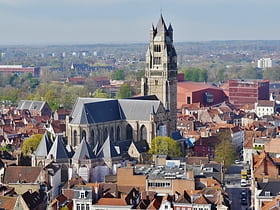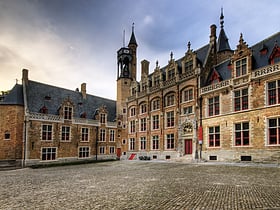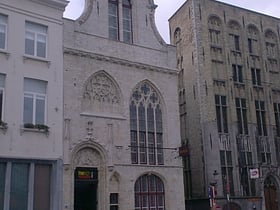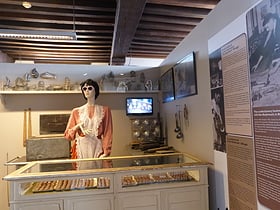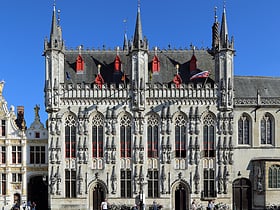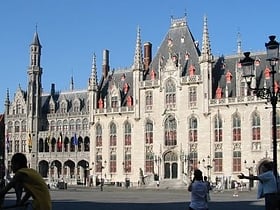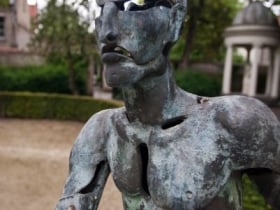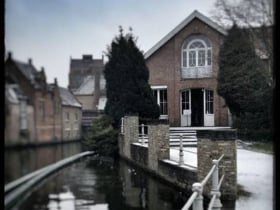Bruges: Museum
Places and attractions in the Museum category
Categories
- Museum
- Gothic architecture
- Church
- Historical place
- Specialty museum
- History museum
- Architecture
- Forts and castles
Groeningemuseum
Museum of classical Flemish art The Groeningemuseum, nestled in the heart of Bruges, Belgium, is a premier destination for art enthusiasts and a testament to the rich cultural heritage of the region. Known for its extensive collection of Flemish and Belgian paintings, the museum offers visitors an...
St. Salvator's Cathedral
Art-filled religious edifice with tower St. Salvator's Cathedral, an iconic church in Bruges, Belgium, stands as a prominent feature of the city's skyline. It's the main church of the city and a site where history and artistry converge. Although not as towering as the famed Belfry of Bruges, the cathedral's...
Gruuthusemuseum
Nestled in the heart of Bruges, a medieval gem of Belgium, the Gruuthusemuseum offers a captivating journey through the city's rich history and culture. Housed in the palatial residence of the Lords of Gruuthuse, this museum stands as a testament to the opulent...
Frietmuseum
Museum with the history of Belgian fries The Frietmuseum is a museum in Bruges, Belgium, which is devoted to the history of potatoes and the production of Belgian fries. It describes itself as "the first and only museum dedicated to potato fries".
Choco-Story
Choco-Story, the Chocolate Museum in Bruges, Belgium, is located in the sixteenth-century "Huis de Crone" building on Sint-Jansplein in central Bruges. This building was originally the home of a wine tavern. It later housed a bakery and, most recently, a furniture making shop.
Bruges City Hall
The City Hall of Bruges, Belgium, is one of the oldest city halls in the entire Netherlands region. It is located on Burg Square, the area of the former fortified castle in the centre of Bruges.
Oud Sint Jan
Museum in an 11th-century hospital The Hospital of St. John was a medieval hospital in Bruges. It was founded in the mid-12th century. Located next to the Church of Our Lady, the premises contain some of Europe's oldest surviving hospital buildings. The hospital grew during the Middle Ages and was a place where sick pilgrims and travellers were cared for.
Map

